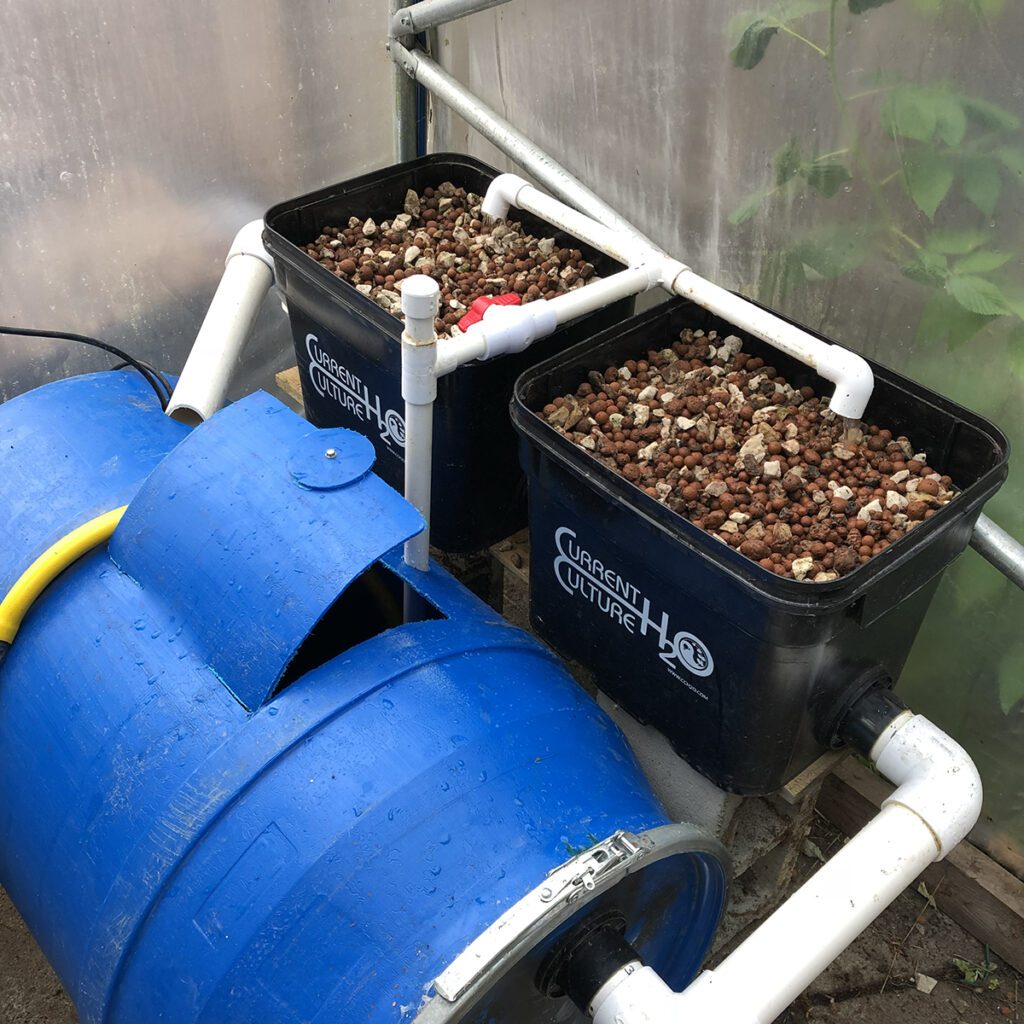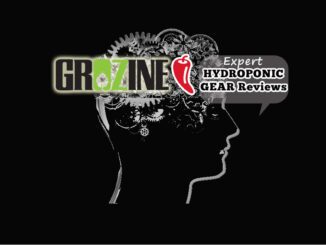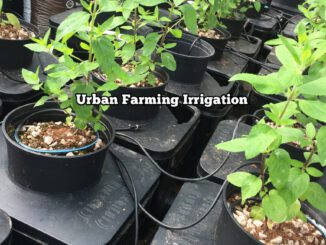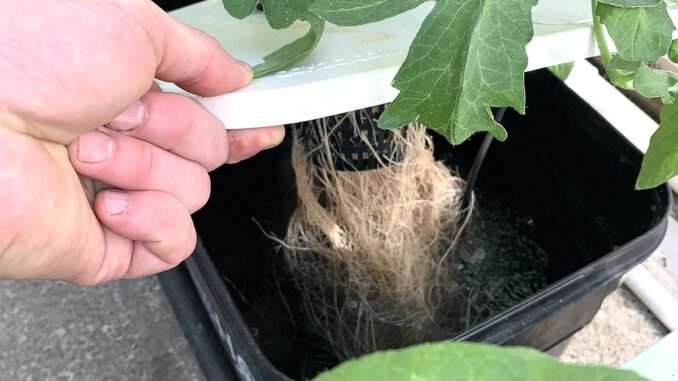
Water Saving Hydroponic Systems
Growing Crops, Less Water
Here at Grozine we have been growing with a variety of water saving hydroponic systems in a controlled greenhouse environment. Over the course of time, namely decades, we have grown crops with success using just about any growing method you can think of. Naturally, this includes soil and soilless methods too. For example, raised beds, container gardens, direct planting, etc. While every growing method has merits and advantages, we can state with a high degree of certainty that recirculating water culture and hydroponic systems offer a significant reduction in cultivation water use.
note a 50 to 75% reduction in water use versus traditional soil growing methods
*you can review our cultivation practices, chronologically by checking out our Instagram Page HERE
OK, So How Much Savings?
While the reduction in water use varies slightly from one system type, crop or season to another, we can confidently note a 50 to 75% reduction in water use versus traditional soil growing methods. Yes, it may sound slightly hard to believe. However consider this: recirculating water culture and hydroponic systems operate as “closed” or mostly closed systems. Meaning, water does not escape the system through evaporation readily, as does with soil or soilless methods. The vast majority of water lost is directly from plant consumption. This creates striking differences in water saving hydroponic systems versus conventional soil growing and irrigation methods.
It’s true that there are practices in soil growing methods that can reduce water usage. Mulches, drip emitters, zero tillage, composts and carefully timed waterings are good examples of this, and do save on water. However, in our experience, the savings is slight when compared to cultivating crops in water saving hydroponic systems.
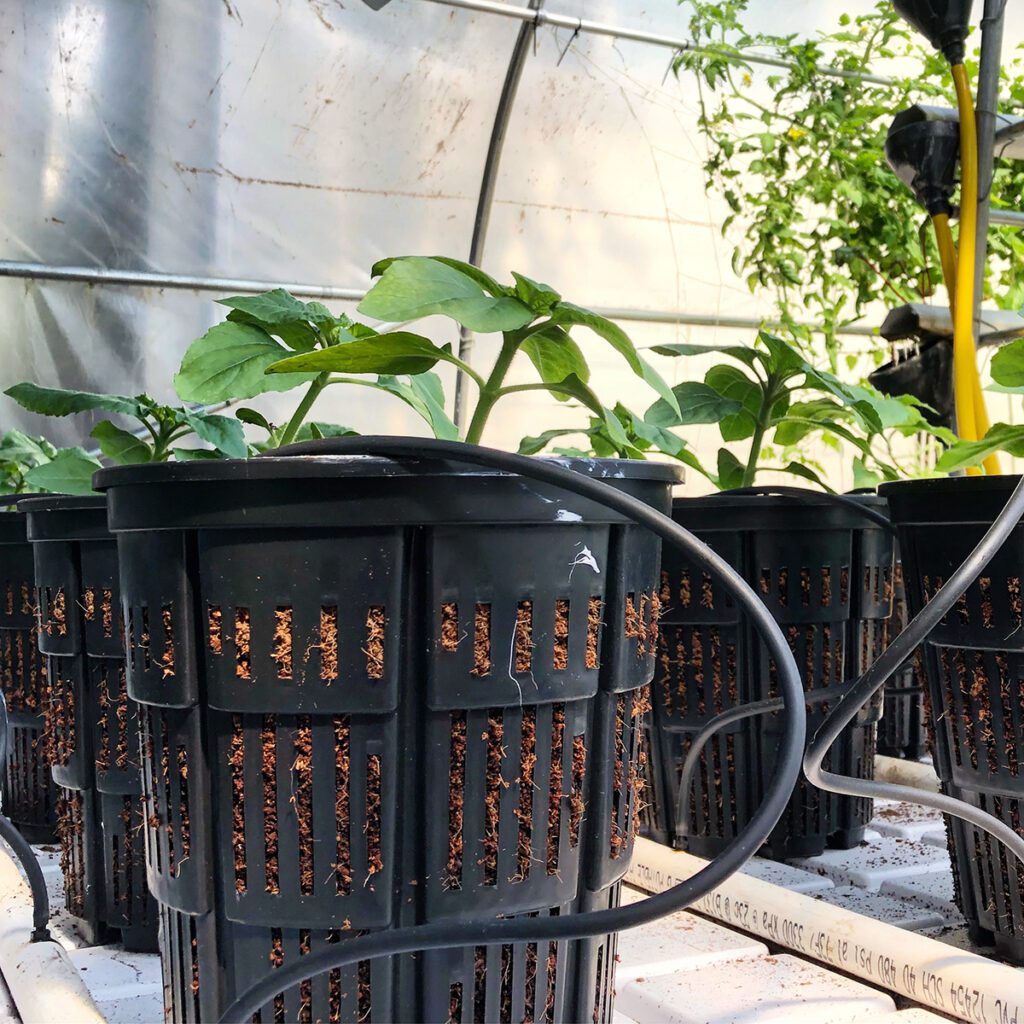
Water Quality & Water Savings
Hydroponic systems and nutrient solutions perform best when good quality water is used. Well water and hard tap water sources may not be especially well suited for closed and/or recirculating water culture growing methods. The minerals and other impurities from these sources can contribute to imbalances in the nutrient solution and may promote other issues.
Reverse Osmosis water is great quality water, however, it does create water in the process that is typically not used for hydroponics (product water vs discharge water after RO filter). There are management techniques for RO discharge water including repurposing, i.e. for use on less sensitive field crops/nursery stock and washing surfaces or equipment, etc. Saving and filtering again blended with fresh water is a practice used by some growers.
With some luck, you may have good quality tap water to begin with or have the ability to collect clean rainwater. In the case of having reasonably good tap water (<300 PPM TDS, with <150 being best), using a simple sediment and carbon filter will remove most of what you do not want in your water with virtually zero water wasted.
Examples of Water Saving Hydroponic Systems
The following systems have proven to perform very well in growing crops, saving water and minimizing or eliminating the need to replace materials when starting new crops.
Aeroponics
High performance hydroponics. Typically reserved for plant propagation, although skilled growers may achieve incredible results growing full term crops in aeroponics. Bare plant roots are supported with a light blocking lid and sprayed or misted below with nutrient solution in a root chamber or grow module.
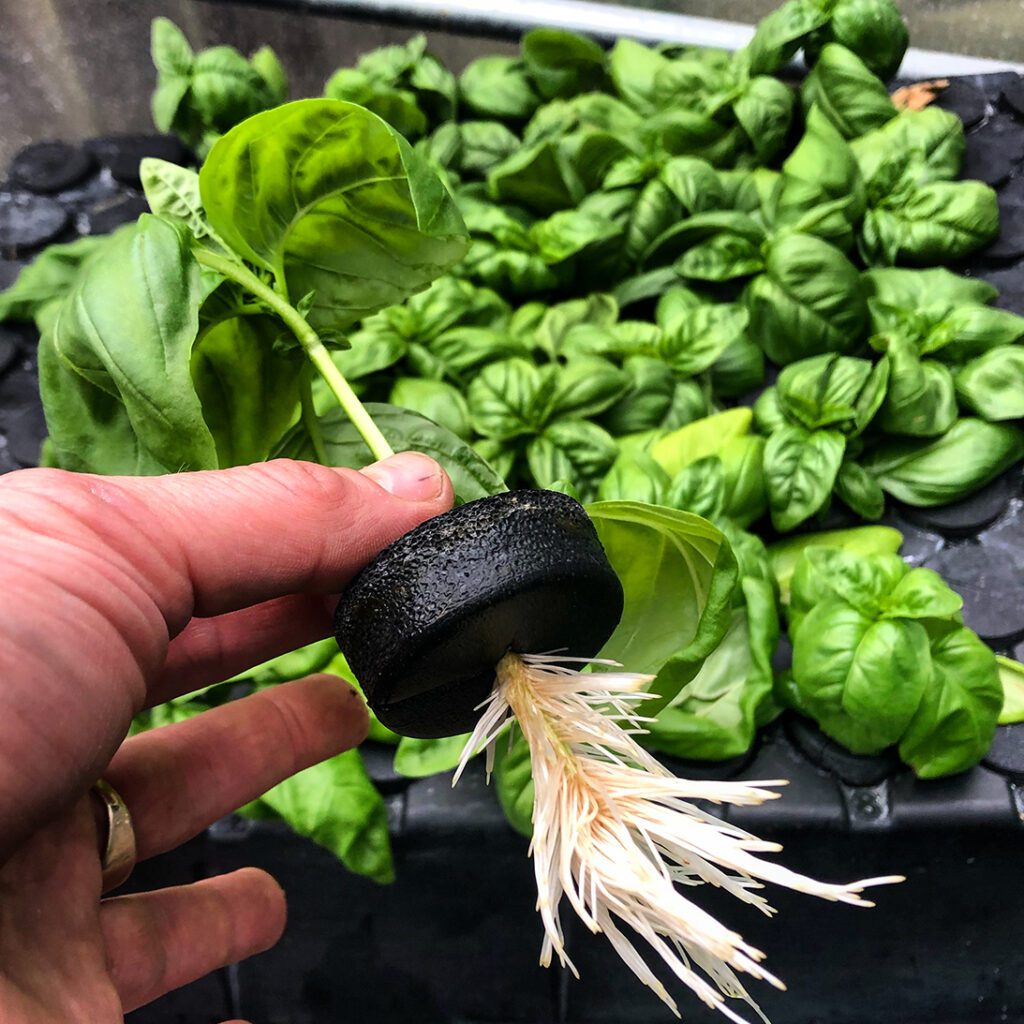
DWC (deep water culture)
A popular and easy to use hydroponic growing method with DIY growers and professionals. Bare rooted plants are supported by a net basket in a lid or cover which may or may not contain a small amount of growing medium for mechanical support. The roots grow below in a bucket, module or tray into a depth of nutrient solution that is aerated with an air pump (like an aquarium).
NFT (nutrient film technique)
Great for growing low profile leafy greens, herbs, strawberries, etc. Some NFT systems have been used with success to grow large vine crops like cucumbers and tomatoes too. The principle is simple and effective: a thin film of nutrient solution flows along the bottom of a gently sloped covered channel or tray with plant supports above. The majority of the roots grow together as a thick mat along the bottom.
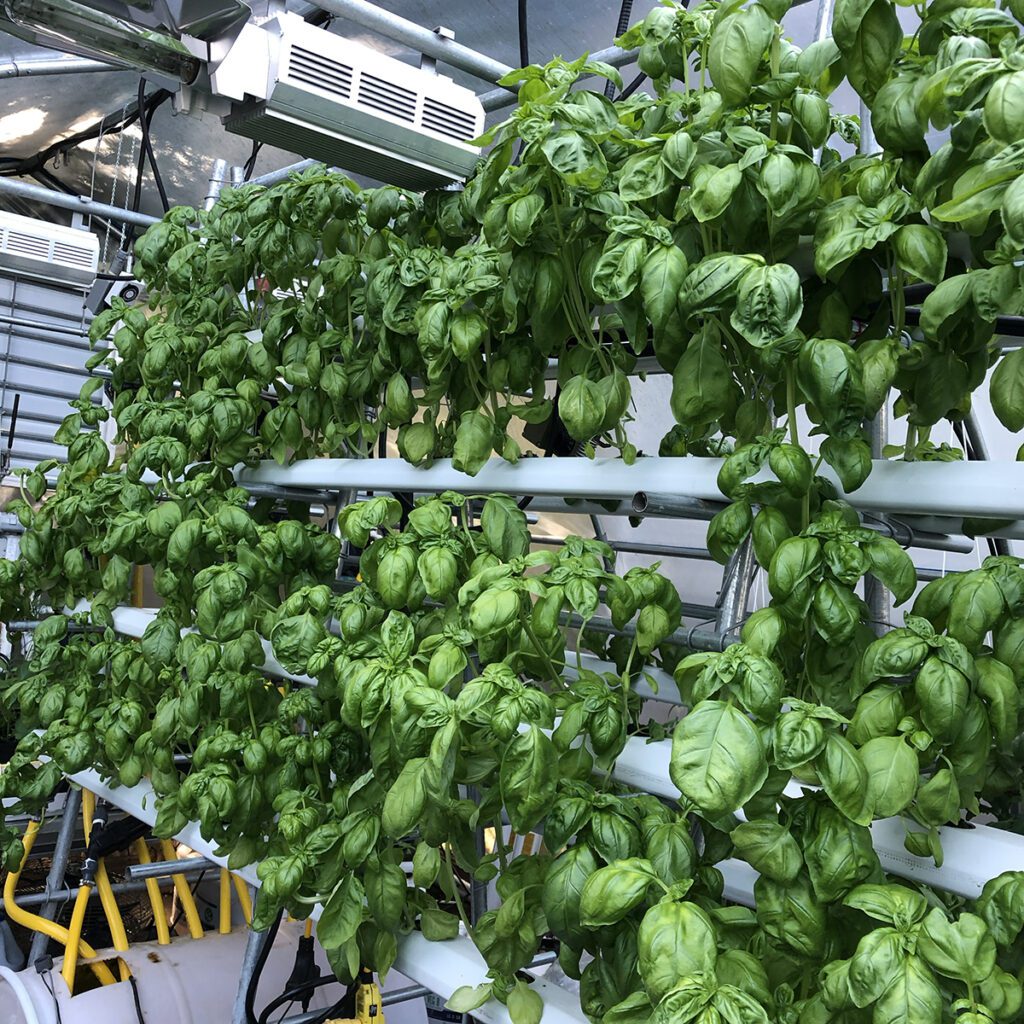
RDWC (recirculating deep water hydroponics)
Similar in construction to DWC (above) with an “active” element versus static. The growth modules or trays are plumbed together and include a recirculating water pump. So in addition to constant aeration via air pump, the nutrient solution is moving through the root system and modules via a water pump.
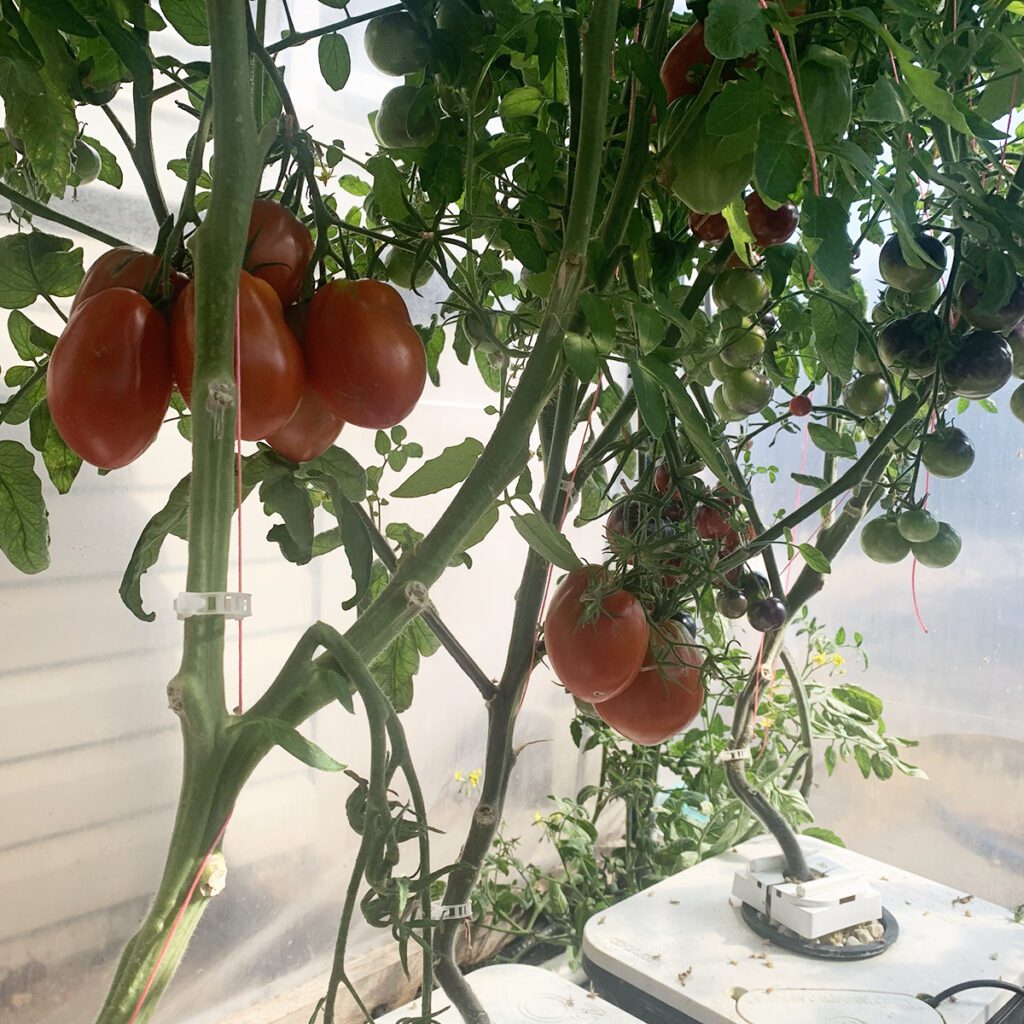
Vertical Hydroponic Systems
There are a wide variety of vertical hydroponic growing method designs and system types available. To date we have used DIY media filled tubes (vertical aquaponics) and are at present, experimenting with ZipGrow Towers in a greenhouse system. Both are highly effective at growing crop and saving water (they operate as closed or semi-closed systems) and fit more crop into the same lineal footprint.
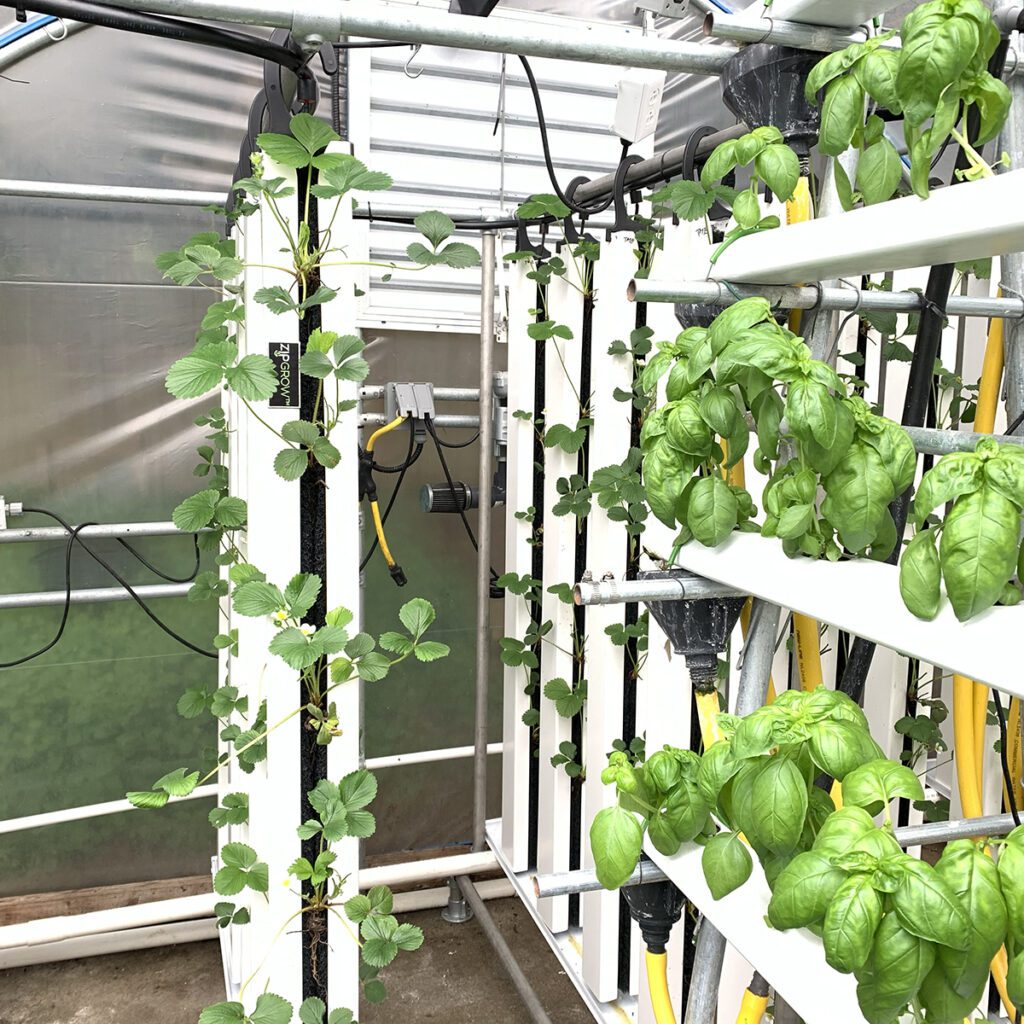
Additional Thoughts on Water Saving Hydroponic Systems
Hydroponics allows people to grow crops where they normally could not, allowing harvests to be sold closer to where they are grown for a positive environmental impact.
Nutrient solutions don’t need to be 100% replaced weekly. Keeping the system topped up with fresh water during the week (a float valve makes this easy) and add nutrients once a week (or after 50% of original volume is replaced). This keeps crops healthy and reduces both fertilizer and water consumption.
Almost all of the systems we discussed can be utilized with Aquaponic growing methods and offer significant water savings versus conventional growing practices.
